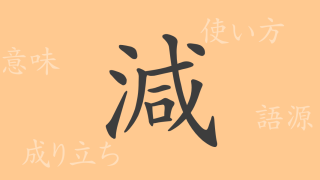Japan is blessed with natural beauty throughout its seasons, deeply ingrained in its culture through a rich palette of colors. Among these, “Shoubu-iro (菖蒲色 – あやめいろ)” stands out as a traditional color characterized by its unique tranquility and depth, continuously coloring the world of Japanese aesthetics. This article delves into the allure of Shoubu-iro, exploring its history, color code, and its Western name.
About Shoubu-iro (菖蒲色 – あやめいろ)
Shoubu-iro (菖蒲色 – あやめいろ) is a traditional Japanese color, a light bluish-purple inspired by the iris (菖蒲 – アヤメ) flower, known for its elegant and serene hue. In the realm of traditional Japanese colors, Shoubu-iro is appreciated for its cleanliness and nobility, employed in various cultural contexts such as kimonos and Japanese paintings.
The History of Shoubu-iro
The history of Shoubu-iro dates back to the Heian period, where it was already in use. Initially favored by the nobility, this color was deemed suitable for high-class settings. Over time, it became more widespread among the general populace and is now widely cherished in contemporary times.
Color Code for Shoubu-iro
In digital design and web production, reproducing Shoubu-iro accurately requires specific color codes, listed below:
- HEX: #CC7EB1
- RGB: R:204 G:126 B:177
- CMYK: C:25 M:62 Y:7 K:0
Western Name for Shoubu-iro
The Western equivalent for Shoubu-iro is “Japanese Iris” or “Japanese Purple.” These names are derived from the iris flower, suggestive of the color’s origin, and acknowledge the global recognition of this beautiful bluish-purple hue.
Conclusion on Shoubu-iro
Shoubu-iro, with its calming shade and historical significance, has been cherished as a color that conveys Japanese traditional beauty to the modern world. In contemporary fashion and design, this color continues to exude a unique presence, captivating many. Incorporating Shoubu-iro into daily life offers a chance to experience Japan’s aesthetic sensibilities.

























